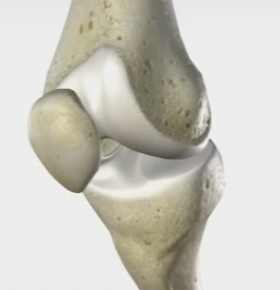

MedFriendly®


Arthrology
Arthrology is the study of the structure, functioning,
disease, and treatment of the joints (and in some
definitions, the ligaments). A joint is a place where two
bones contact each other. A ligament is a tough band of
tissue that attaches to joint bones. In arthrology, joints
can be classified based on the degree in which they
move. Specifically, amphiarthrotic joints are partly
movable and mostly made of cartilage. Cartilage is a type
of soft, flexible tissue that helps form many important
body structures. Diarthrotic joints are movable joints.
Synarthrotic joints are non-movable joints.
The knee joint
FEATURED BOOK: The Permanent Pain Cure for Joint Pain
Joints can also be classified based on their structure. Specifically, a fibrous joint is a joint
joints in which the bone ends are made of cartilage. Synovial joints are those in which the
bone ends are covered with articular cartilage and enclosed within a capsule lined by a
type of membrane. Articular cartilage is the soft slippery tissue on the smooth white
surface of the ball (head of the femur) or socket that creates a smooth, low friction
surface which allows the bones to glide easily across each other.
Arthrology is also known as arthrologia, syndesmologia, syndesmology, and
synosteology. Arthrology comes from the Greek word "arthron" meaning "joint," and the
Greek word "logos" meaning "study." Put the words together and you get "joint study."
"Where Medical Information is Easy to Understand"™















